
Pros
- Authentic replication of Toriyama's iconic style
- Rich, evocative, & cinematic score
- Vehicle & base customization is fun
- Fans will enjoy interacting with the characters and world
- Gameplay suitable for younger player (but contains mild swears)
Cons
- Simplistic combat both in and out of vehicles
- Inconsistent voicework and repetitive world dialogue
- Cavernous locations often feel empty and samey
- Lack of exciting reward for exploration
You wait over two decades for an adaptation, and then three come along at once! Yes, almost 25 years on from its original release Akira Toriyama’s hit manga series Sand Land is finally in motion, via an anime movie, a TV series, and this brand new video game adaptation, developed by Japanese studio ILCA and published by the anime lovers over at Bandai Namco. For fans of the late creator’s work, this hat-tip to one of his shortest, yet most beloved series has been a long time coming, given that the original manga was first published back in the summer of 2000, before receiving its first English localization in 2003. It’s certainly been A Wait.
The Sand Land movie, (which premiered last year in Japan and recently in the west), has received many plaudits from critics and fans - considered a brilliant adaptation as well as a fitting tribute to the legendary artist’s work. It is a small, but comforting notion to know that Toriyama was able to see the positive response to this adaptation before his sad and sudden passing in March of this year - which saw the beloved artist leave an incredible legacy of work that includes Dragon Quest, Chrono Trigger, and one of the most recognizable and perhaps singularly most influential franchises of all time, Dragon Ball.
While the Sand Land movie is a direct adaptation of the original manga, both the TV adaptation and the video game feature a hybrid of two stories: The original manga arc, typically known as “The Story of the Fiend Prince”, and an all-new secondary arc, “The Story of the Angel Hero”, the latter containing Toriyama’s final published work as a character designer. As such, fans experiencing all of this new media are, more or less, being told the exact same story three times. In this review we will, of course, focus on the one format that offers the audience direct interactivity.
So, top up your canteen and zinc your sniffer, it’s a little hot out there.
The mischievous Beelzebub sets forth on a journey to save Sand Land
*Sand Land *is the tale of a huge, desolate kingdom that consists entirely of desert, razed to nothingness in the wake of an almighty, foolishly-plotted war against a race of visiting aliens known as “The Picci”. The aftermath of this event has left the land barren, with dunes as far as the eye can see, and freshly populated by sporadic communities of junkers, marauders, mutants, and - most notably - demons. All of these communities struggle to thrive, or merely survive, under the baking sun, with water, understandably, becoming both a rarity and a precious commodity - as bands of humans and demons beg, borrow, and steal what little resources remain, hoping to see the next dawn.
Once such demon is the Fiend Prince, Beelzebub, the son of Lucifer and leader of a pack of friendly-but-mischievous demons, who eiks out a small existence of troublemaking, water delivery, and playing video games. Just like you. Typically feared and avoided by humans, (just like you), it is a surprise to the demons when a local sheriff, Rao, arrives at their village with tales of a “Legendary Spring”, which he believes could provide water for much of the surrounding community. Looking to the demons for protection as he crosses the hazardous wastelands, Rao convinces Beelzebub and the demon’s wise elder, Thief, to join him on his journey to track down the Legendary Spring and return hydration to the land. And so, this unlikely trio climb aboard a rickety car and head off into the endless sand…
Like, five minutes later everything goes completely wrong.
Sand Land has been designed by ILCA as a third-person open-world adventure - something of an obvious genre choice given the story’s tale of vehicular focus and vast world of adventure. Players don the tablecloth cape of Beelzebub as they follow the narrative events of the manga series, exploring Sand Land and encountering the allies and enemies of Toriyama’s original work. Our heroic trio, (who quickly becoming a quartet), explore the world, fighting off prehistoric mutants and a wide variety of giant bugs, while exploring local settlements, gathering resources, helping out communities, and discerning clues toward the Spring’s whereabouts.
(1 of 2) Beelzebub’s journey will incur the aid of allies
Beelzebub’s journey will incur the aid of allies (left), as well as the wrath of many enemies (right)
Every tale needs a villain, of course, and Sand Land’s comes in the form of the monarchy and its Royal Guard, led by the ruthless General Zeu. As the story unfolds, fans will recognize all manner of characters from the original series and the new TV anime, including General Are, the obnoxious King, Mayor Tayo, and the dopey gang of marauders known as “The Swimmers” - arguably the most “Toriyama” characters of all time. The plot of the video game sticks closely to the that of the manga, film, and TV series - for better and worse. This ensures that while fans do get to play out classic events that they know and love, the story is resultingly predictable, (though newcomers should be aware that you can play the game without having experienced Sand Land in any form.)
This narrative is entertaining, but disappointingly thin. Though it skips around interesting themes of class warfare, racism, redemption, capitalism, and the dangers of being loyalist to any cause - it’s all very skin deep and depicted by characters that are delightfully designed, but tropey in nature. Not helping is some spotty voice acting, with some characters giving excellent performances, while others are less enthused. Ann’s voice, though perfectly well-performed, simply doesn’t fit her character, while one main player in particular delivers dialogue with a distracting “first-time read” cadence.
All that said, our quartet of heroes are extremely likable, and their hopes and dreams of a better, fairer world are goals we can all relate to - ensuring that the narrative’s high points hit. I do wish we’d seen more of Lucifer. That guy seemed pretty chill.
Toriyama’s iconic style is in full effect, and to see his characters and world so authentically depicted is a tribute to Sand Land’s developers.
As crossing the desert on foot would be an impossibility, Sand Land places its focus on ramshackle vehicles. Once they’ve hooked up with mechanic supremeo, (and all-new character) Ann, Beelz can design and build a variety of weaponized wheels with which to traverse the deadly terrain. Though the key method of transport is their iconic “Tank 104”, gathering components, frames, and engine parts will allow the team to build a garage full of vehicles, including a dune buggy, a car, the frog-like Jump Bot, and a motorbike. The latter being the most important so you can do the Akira slide. It is up to Beelz and co to decide which vehicle is best suited to each scenario, with the player able to switch between completed wheels at any time via a handy pocket capsule system… Think the tiny cars in Ant-Man.
Customization is also a key feature in the build mechanics, allowing the player to switch out weapons, engines, and other parts to fine-tune each vehicle for power, speed, and maneuverability. Eventually, paint and decal options allow for each vehicle to sport the player’s personal touch. Though a fairly basic system, the build mechanics are a core feature of Sand Land and are nicely implemented, even if they could benefit from being a little deeper.
(1 of 2) There are some impressive sights in the desert, including sandfalls
There are some impressive sights in the desert, including sandfalls (left), and splendid villages and towns (right)
Interdesert combat takes place both on foot and on wheels, as Beelz and his companions often find themselves under attack from the roaming bands of mutants, bandits, wildlife, and the king’s Royal Guard. Hand-to-hand combat sees Beelzebub engage in basic brawler action, with an array of attacks and special abilities that can be unlocked and upgraded via his own skill tree. In addition, commands can be issued to Beelz’ companions, who will get stuck in with support moves. Vehicular combat is a much more explosive affair, utilizing each unit’s primary and secondary weapons to lay waste to the opposition. While Tank Controls can frequently be a pain in gaming, Sand Land controls incredibly smoothly, and as such the tank battles are fun.
On the whole, however, combat in Sand Land is very simplistic, both in its design and its difficulty. The player, even on the harder settings, is hugely overpowered and even when outnumbered will have no fear in decimating the opposition - be it battling a pack of raptors in a dune buggy, a platoon of the King’s Guard in a tank, or a posse of junkers face-to-face. Sand Land offers Beelzebub an unrelenting march to victory, with even boss battles putting up only a little more resistance. It isn’t that the combat is poor, it’s just shallow, it isn’t that the enemies are boring, they just aren’t a challenge. This theme of simplicity, unfortunately, hangs over much of Sand Land‘s design, and we actually found we’d gotten almost halfway through the campaign with only the most minimal upgrades to our skills, companions, and vehicles. More positively, we’re happy to report that, playing on PS5, the framerate issues experienced in our earlier preview have seemingly been eliminated. Sand Land performed crisply and cleanly for the duration of its campaign.
(1 of 2) Most of Sand Land’s combat is explosive and vehicular
Most of Sand Land’s combat is explosive and vehicular (left), but Beelz is always up to throw down (right)
But for all of its issues in regard to simplicity, repetition represents the core issue of Sand Land - from a design, aesthetic, and gameplay standpoint. Sidequests are short-lived and lack variety. Wandering traders typically carry the same pickups and items. The map is littered with hidden “Grottos”, but these are little more than near-identical, one-room caves containing mostly common pickups. There are even literal Radio Towers to repair, the appearance of which almost feels like satire at this point in the open-world genre’s lifespan.
At several points, the story leads players inside several crashed Picci battleships, all of which are presented as cavernous, metallic dungeons that feel almost indistinguishable from one another - making later runs through these areas aggravating. While it can be argued that the uniformity of the desert setting cannot be avoided, (and this uniformity only makes later locations all the more luscious and inviting), this argument doesn’t excuse the indoor environments from feeling so similar to one another. For a world so vast and unmapped, there is surprisingly little mystery to uncover, puzzles to solve, or adventure to be had.
Another recurrent problem lies in the world dialogue. That is to say, dialogue that takes place outside of cutscenes. Beelzebub constantly recites the same few lines over and again during actions such as climbing, fighting, gathering items, and being knocked down. Additionally, open-world banter intended to “break the silence” repeats itself frequently. During one 30-minute period, I heard the same conversation about the desert being cold at night three times. Some seven hours into the game, Rao was still offering me the exact same combat advice that he had been offering in hour one. While the developer should be applauded for attempting to build chemistry between the characters, having our heroes engage in the exact same conversations over and over again ironically does the opposite - breaking immersion and distancing the player.
Ann will help build and maintain an array of vehicles including tanks, buggies, and bikes
On a more positive audial note, Sand Land‘s soundtrack is absolutely gorgeous, offering a truly cinematic score that absolutely captures the spirit of adventure, danger, and hope that lies at the heart of its story. From pompous battle themes, and quiet, introspective nights, to quirky tunes underpinning the more comic moments and heart-string tugging themes of wonder and hope, Sand Land‘s music underpins the game’s style and character beautifully, offering the adventure a sonic style to underpin Toriyama’s great visual design.
And, on the subject of aesthetic, it would be remiss not to note that ILCA has done a fantastic job in replicating Toriyama’s visuals in a gaming environment. Sand Land‘s large cast of characters are authentic recreations of their anime counterparts, and through their design and fluid movement bring the manga series to life. It’s just a shame that the world they occupy, though attractive struggles to retain Sand Land’s punky spirit.
There’s a lot of potential in Sand Land, but so much of it falls short of fulfillment. Having companions join you in combat is great, but mostly unnecessary. The stealth sections (starring Thief) are amusing, but not exciting. The combat is fun, but it’s also too easy and short-lived. There are skill trees, but Beelz is overpowered from day one. There are hidden locations to explore, but they offer very little in reward. Sand Land does everything agreeably, but excels at nothing in particular, ultimately becoming a stylish but average adventure that never really gets out of first gear.
Repetition represents the core issue of Sand Land - from a design, aesthetic, and gameplay standpoint. There’s a lot of potential in Sand Land, but so much of it falls short of fulfillment.
Toriyama’s iconic style is in full effect, and to see his characters and world so authentically depicted is tribute to Sand Land‘s developers. It was important that the studio captures the iconography of Toriyama’s work and, in that regard, succeeds. But while the vibrant visuals are imbued with life and the score cheers them on with adventurous spirit, the moment-to-moment player engagement is serviceable at best, lacking the momentum and excitement found within the source material. Sand Land looks and sounds like an epic anime caper, but it rarely pushes beyond the absolute genre basics from a gameplay standpoint.
When you marry the overall simplicity of this gameplay to its basic storytelling, it’s difficult not to see Sand Land as a title better-suited to younger players. That’s fine, as games for more inexperienced players are just as valid as any. But I’m not sure that this is the intended demographic here… Not for a release based on a cult 24-year-old manga series (not to mention that it features some mild expletives that might make dad drop his pipe in shock).
As such, while Sand Land fans will be pleased to explore its interactive world and youngsters, (perhaps enthused by the new movie), will enjoy the attractive visuals and easy gameplay, older anime fans and typical video game players will find the action mediocre and the world exploration too familiar. And, given the game’s $60 price point, newcomers might be better served experiencing Toriyama’s tale via its critically-acclaimed cinematic instead.
Sand Land replicates both the unmistakable style and iconic character of Akira Toriyama’s work with color, authenticity, and passion. As an open-world adventure game, however, it is conventional in gameplay and repetitive in design, resulting in a good-looking, great-sounding, but overly simplistic adventure that nails the charm and aesthetic, but not the excitement and dynamism.
This review is built on a retail build of the game provided by the publisher
Just Deserts
Sand Land replicates both the unmistakable style and iconic character of Akira Toriyama’s work with color, authenticity, and passion. As an open-world adventure game, however, it is both conventional in gameplay and repetitive in design, resulting in a good-looking, great-sounding but overly simplistic adventure that nails the charm and aesthetic, but not the excitement and dynamism. A stylish but average escapede that never really gets out of first gear.
Gameplay:
Sound:
Graphics:
Story:
Value Rating:
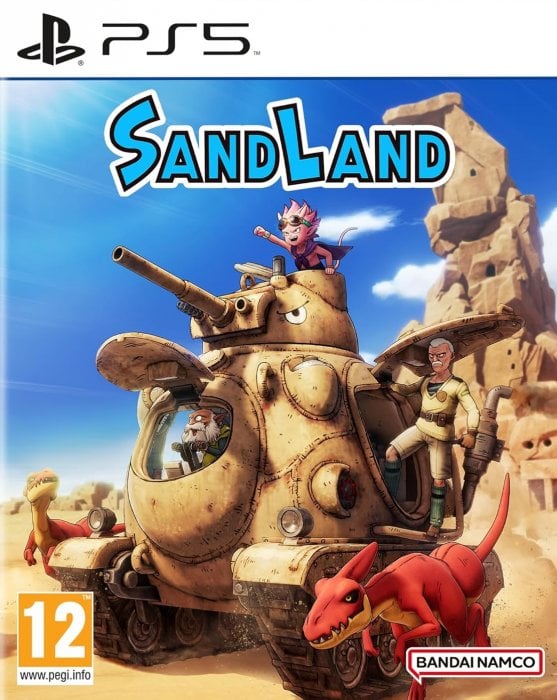

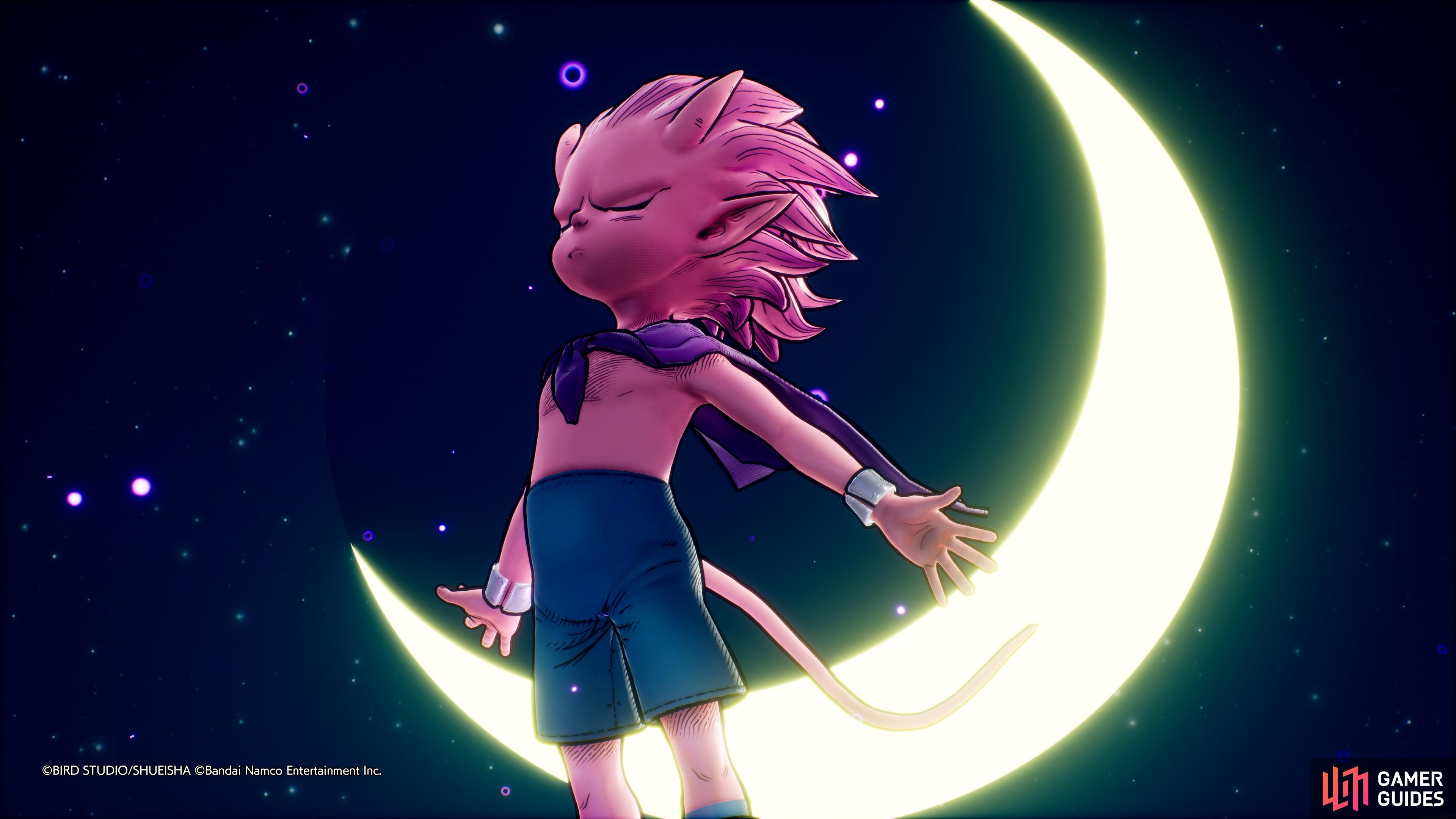
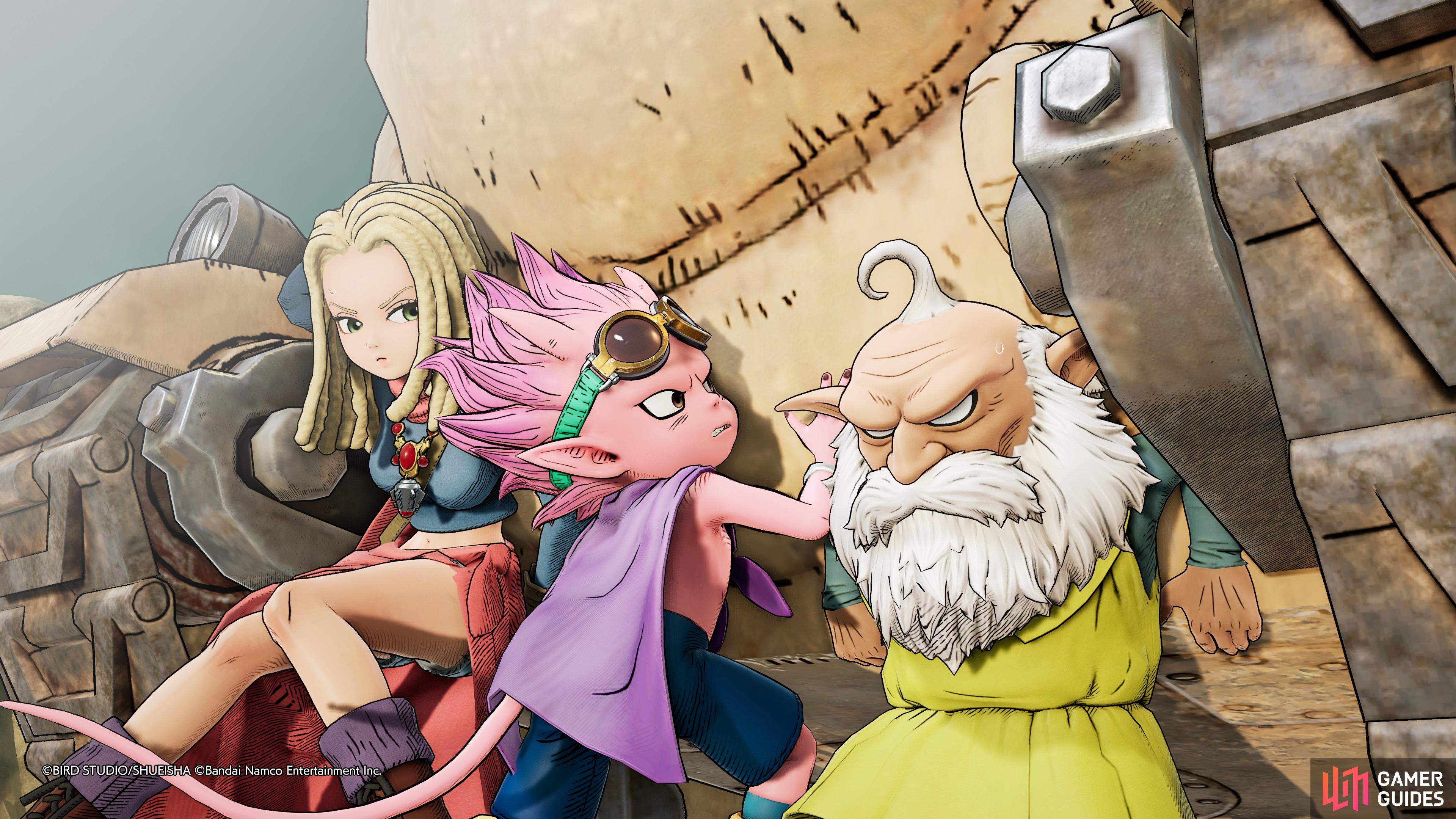
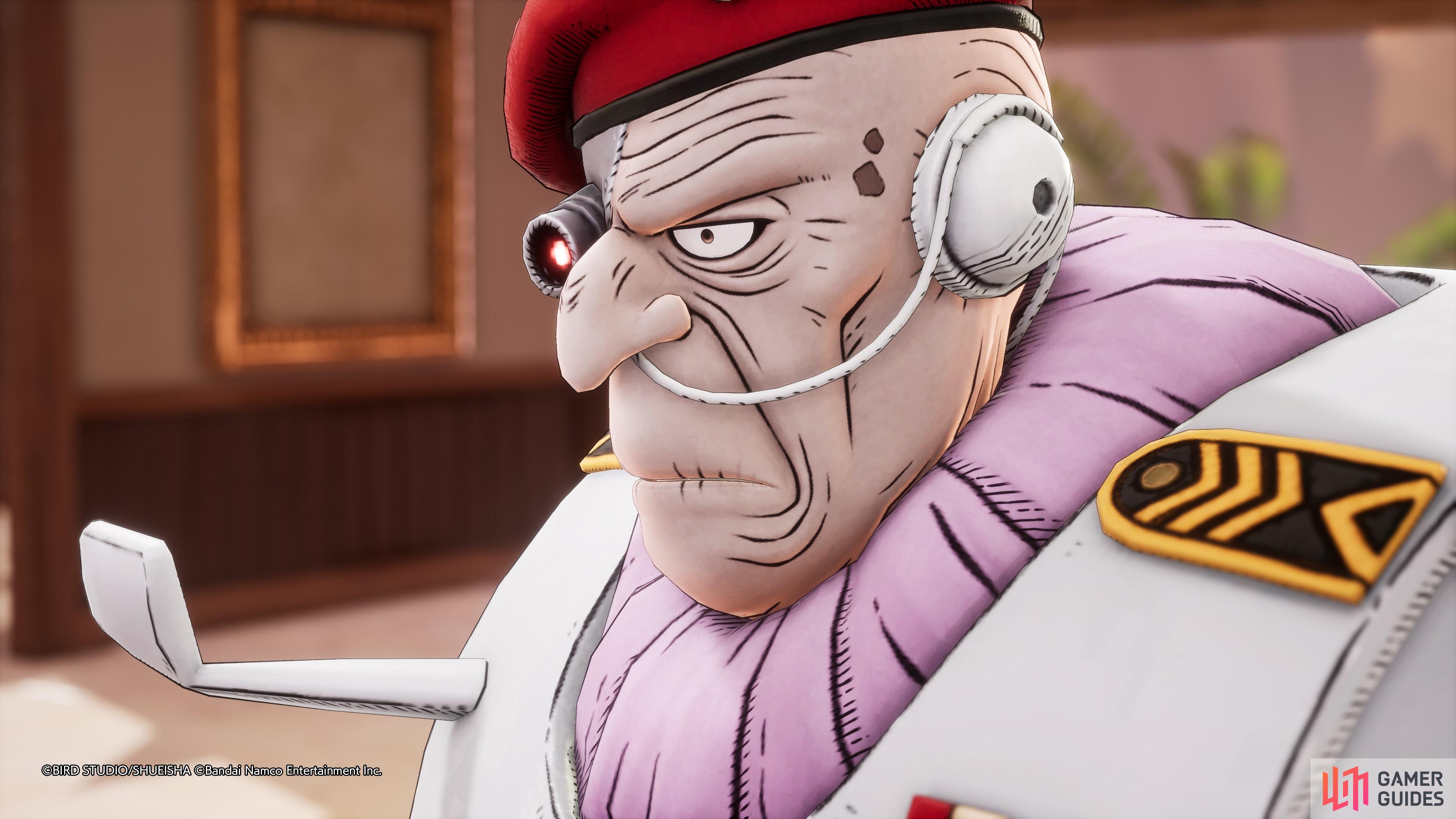
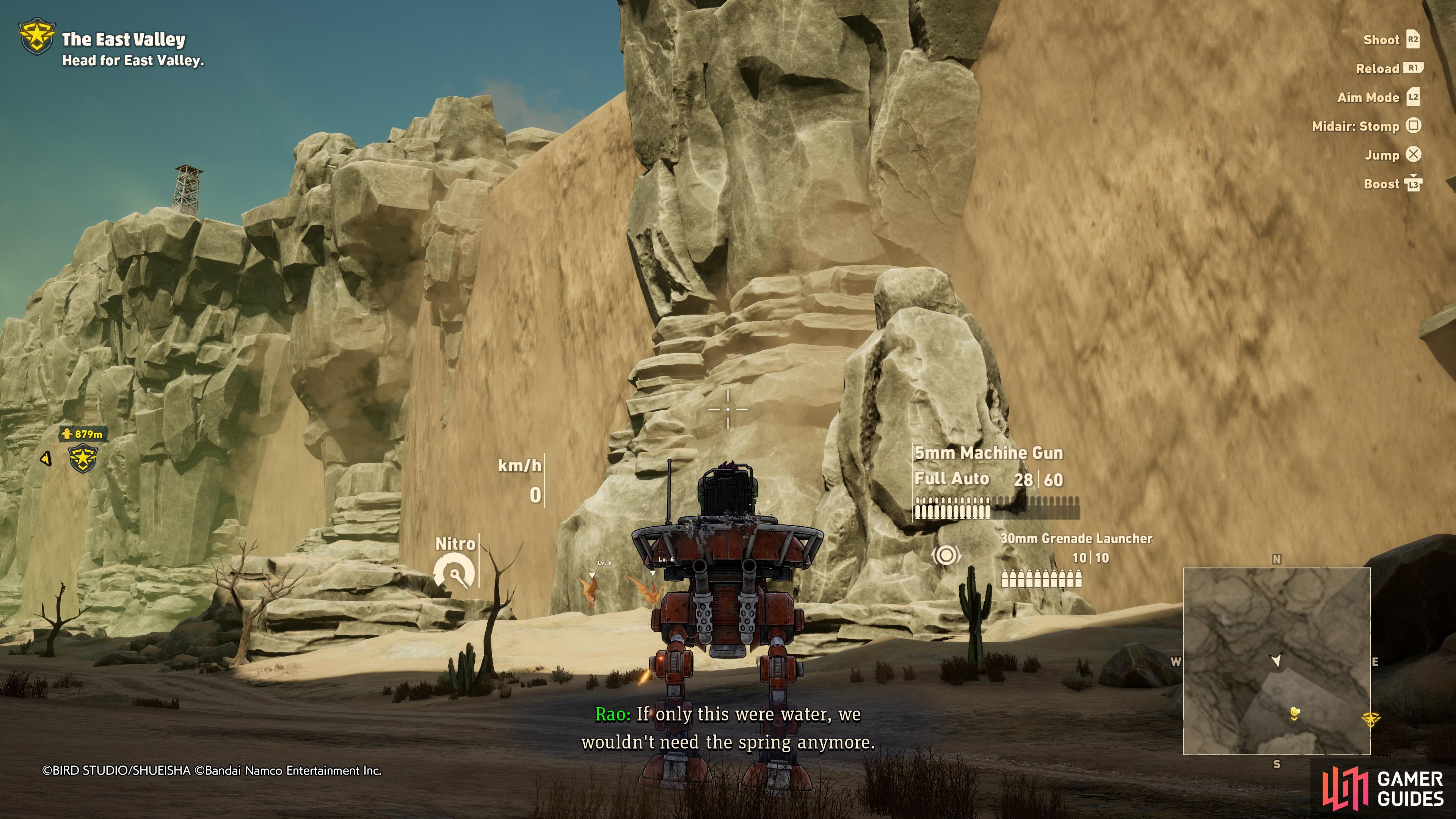
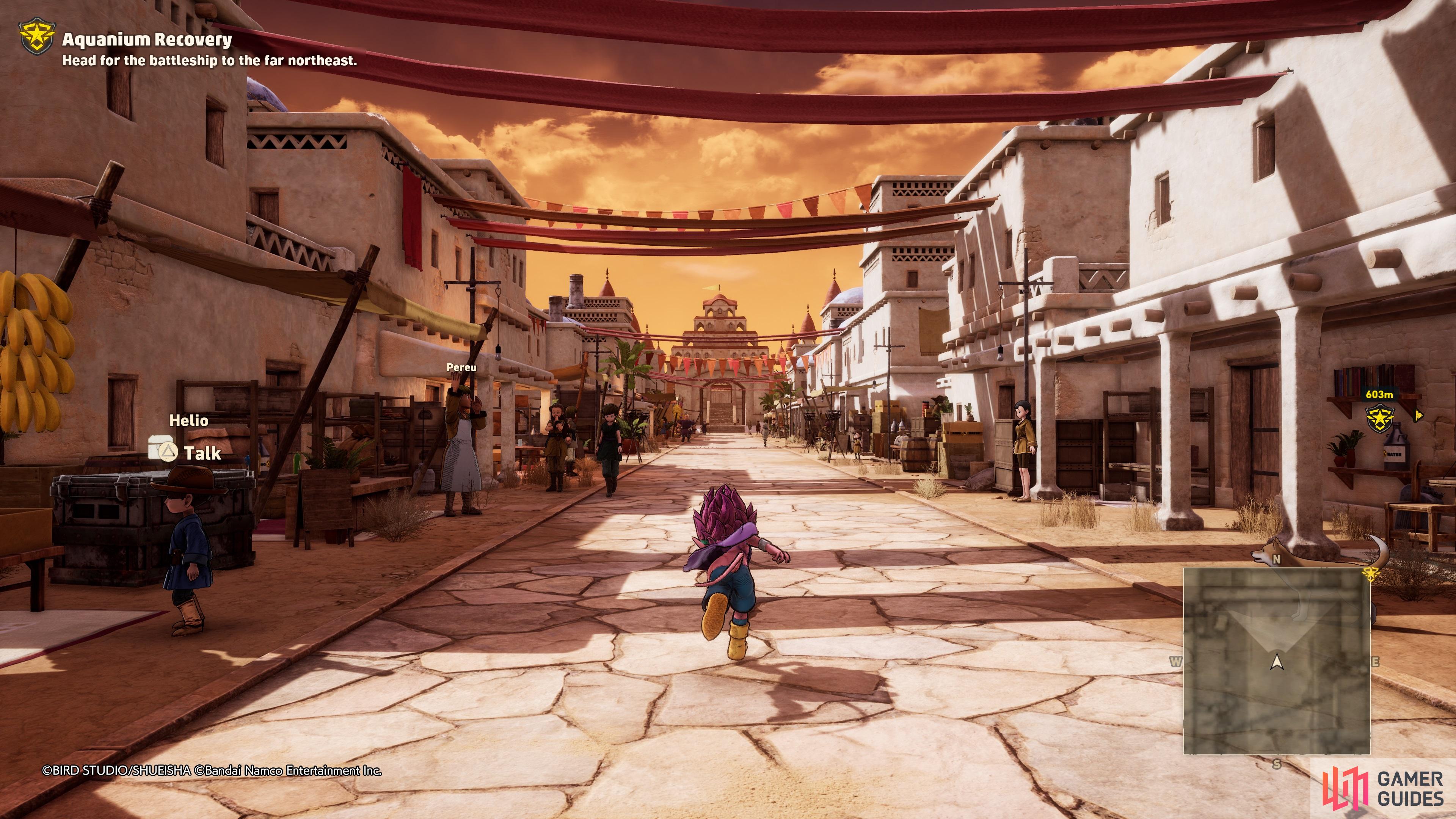
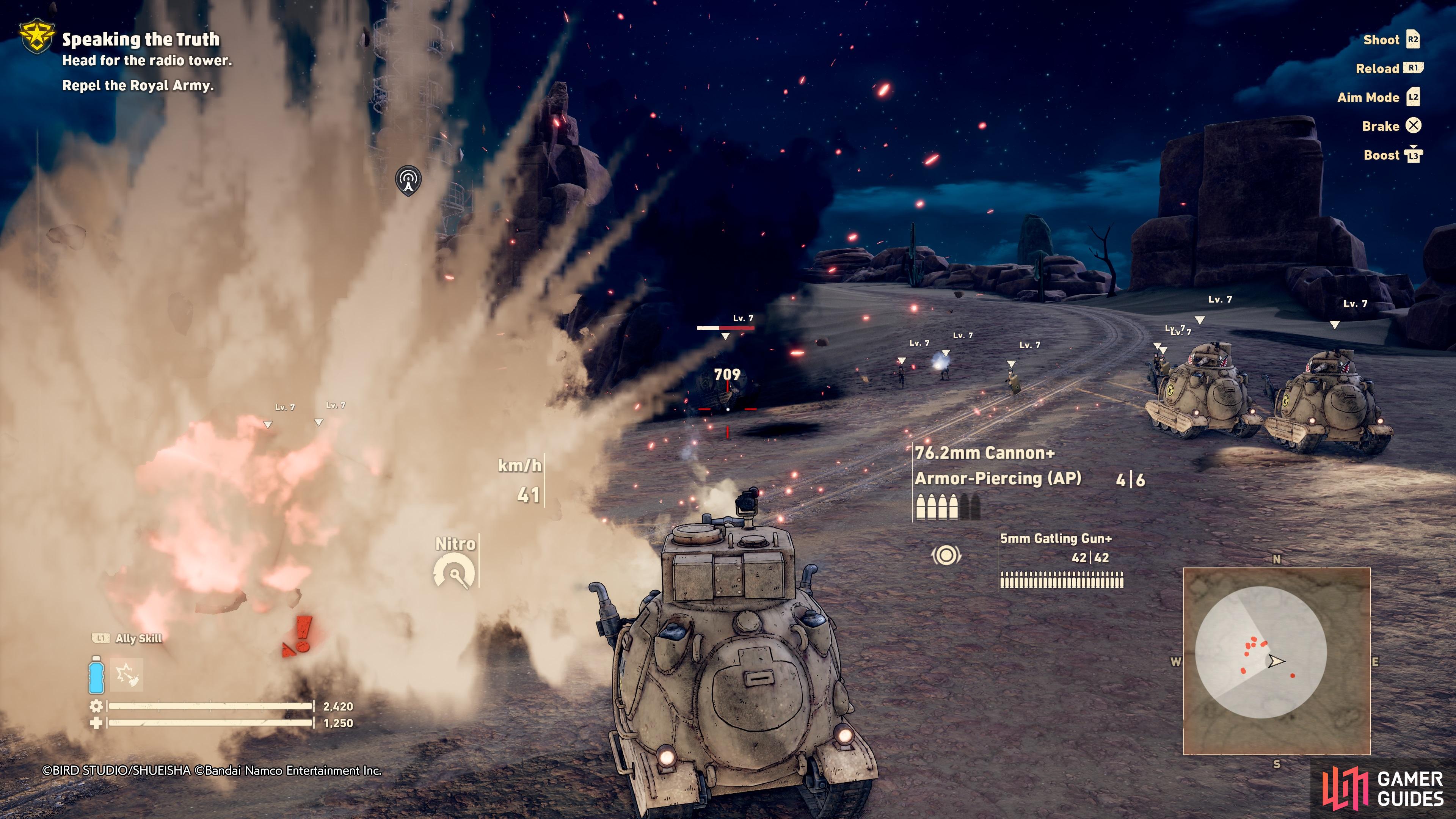
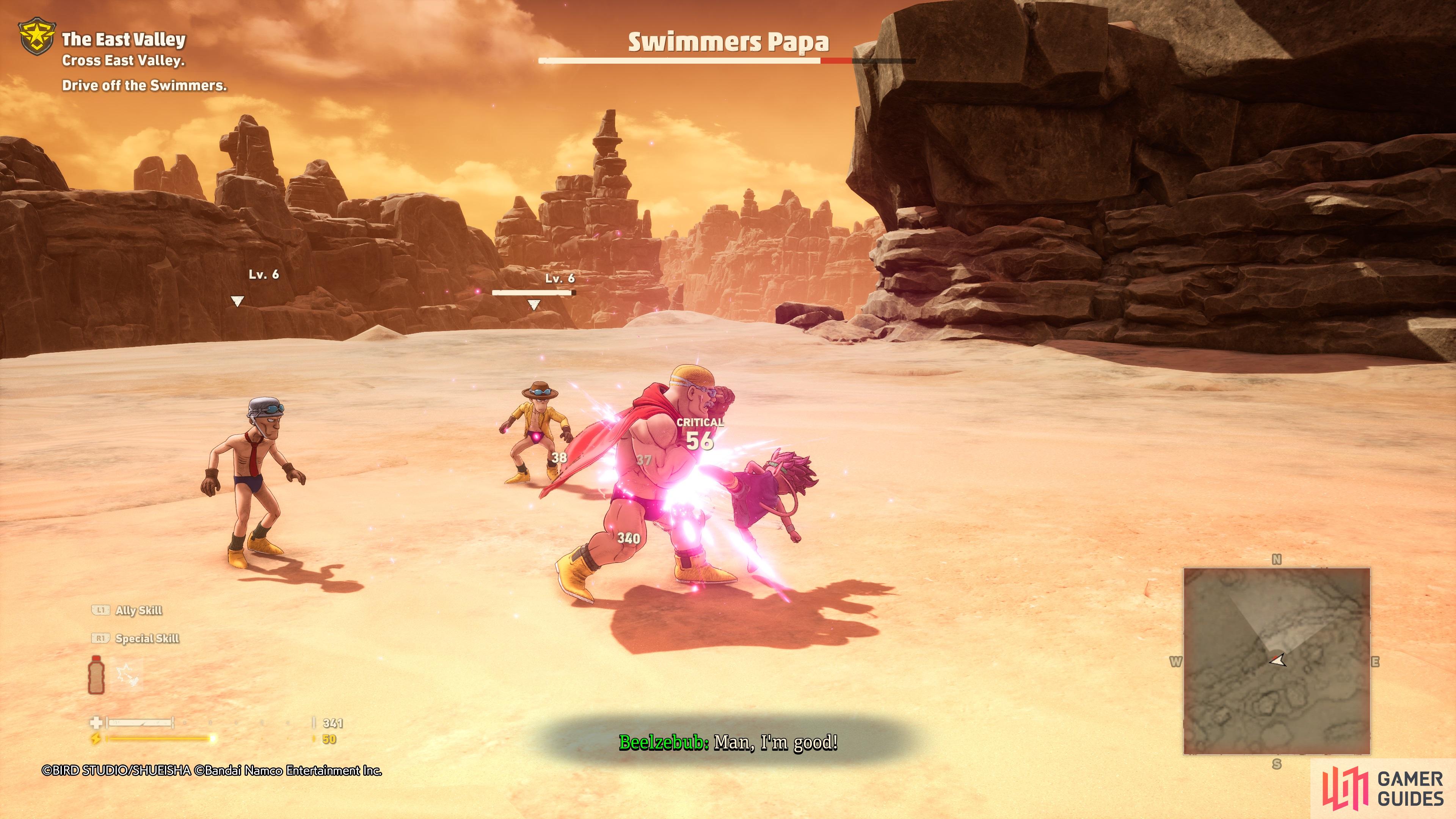
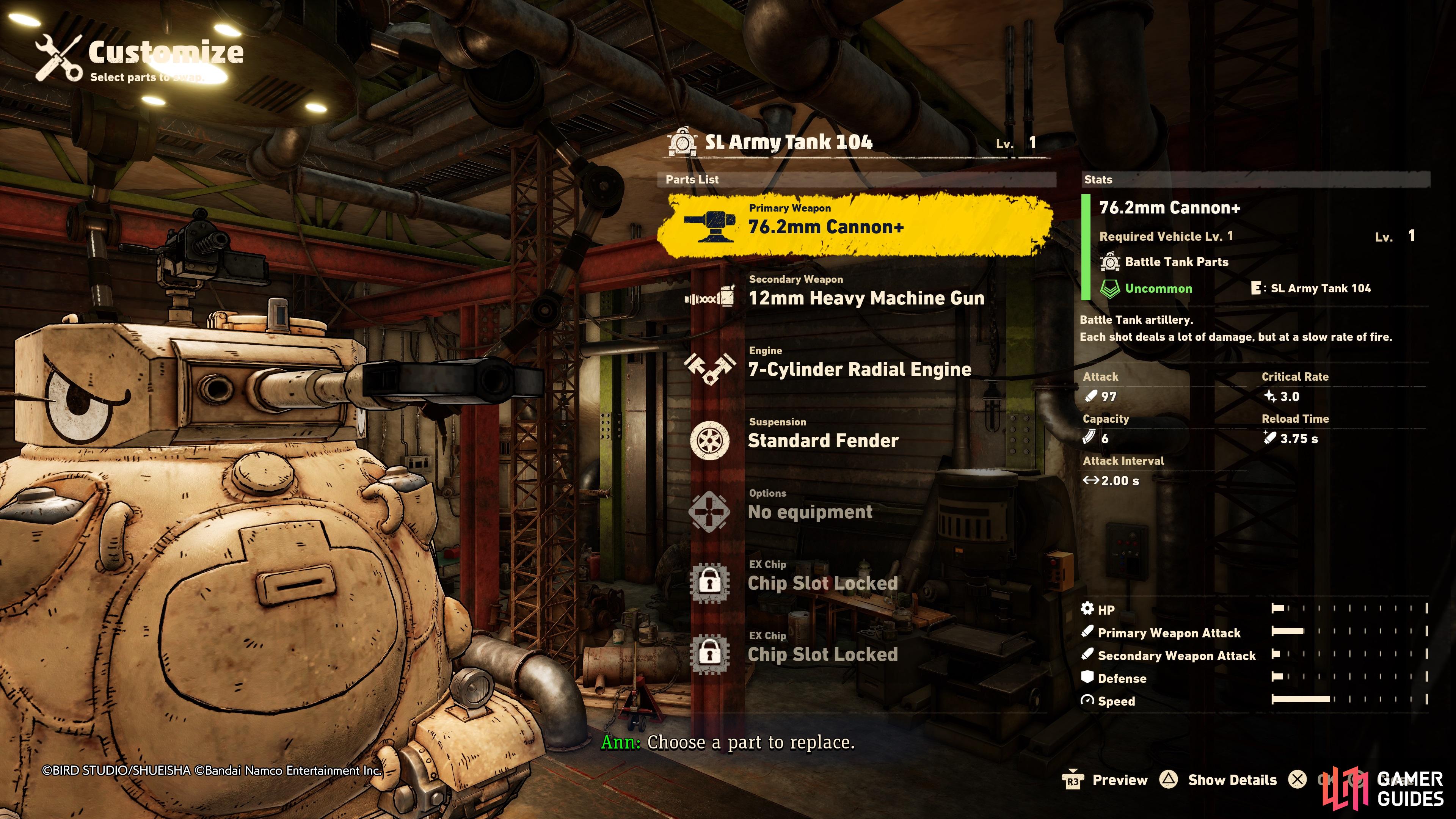



 Sign up
Sign up

Love the write up mate. Actually for whatever reason this reminded me I need to play DBZ: Kakarot!
I had high hopes for this game, I still plan to buy it somewhere down the line on sale.
If you like the premise and Sand Land in general, you'll find entertainment here, there's just an overall lack of depth.
Considering how wild it is that this game was made at all I suppose it would have almost been asking too much for it to be uniformly good.
Looks like it's going on the "steep discount, if ever" pile.